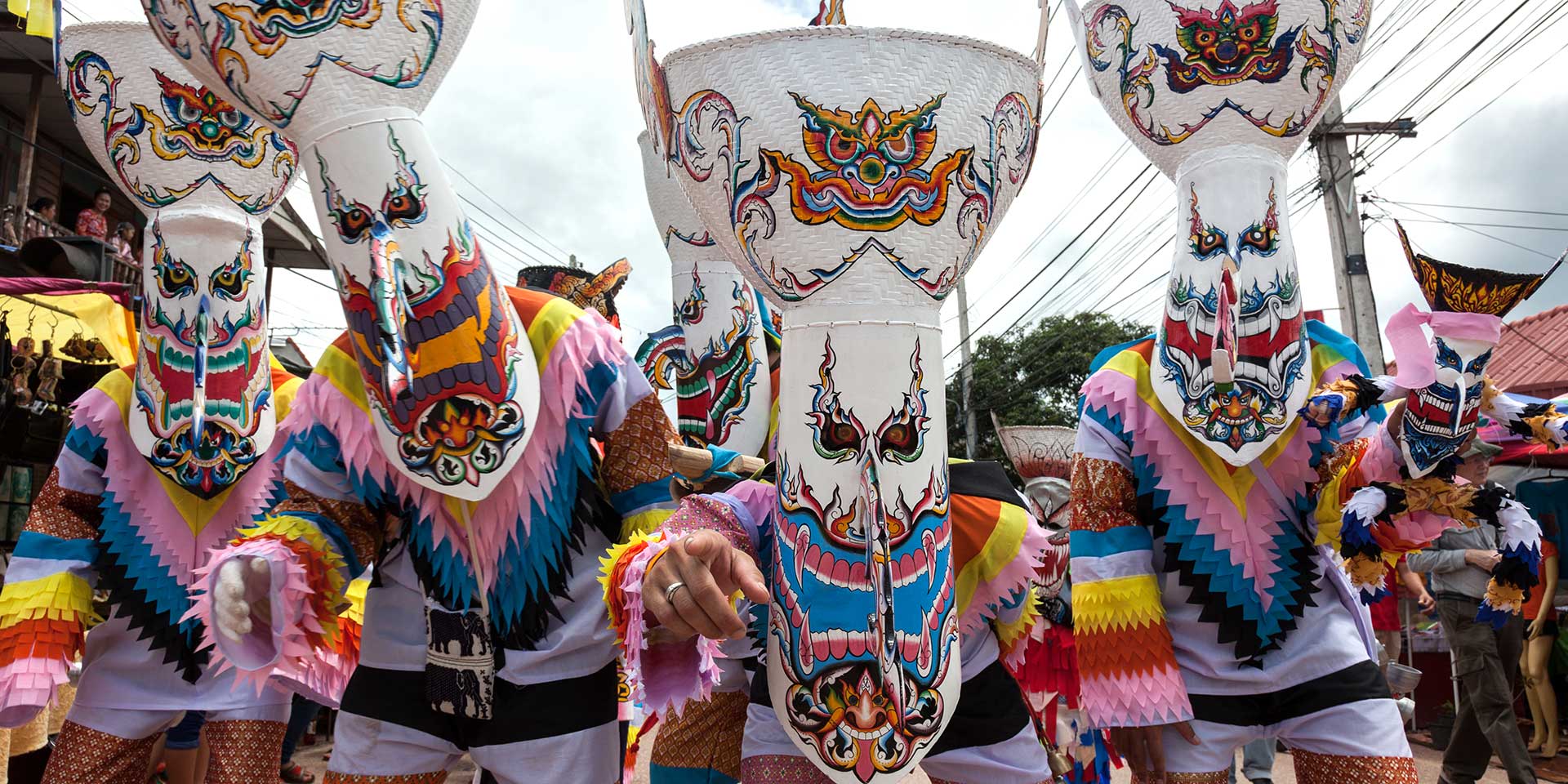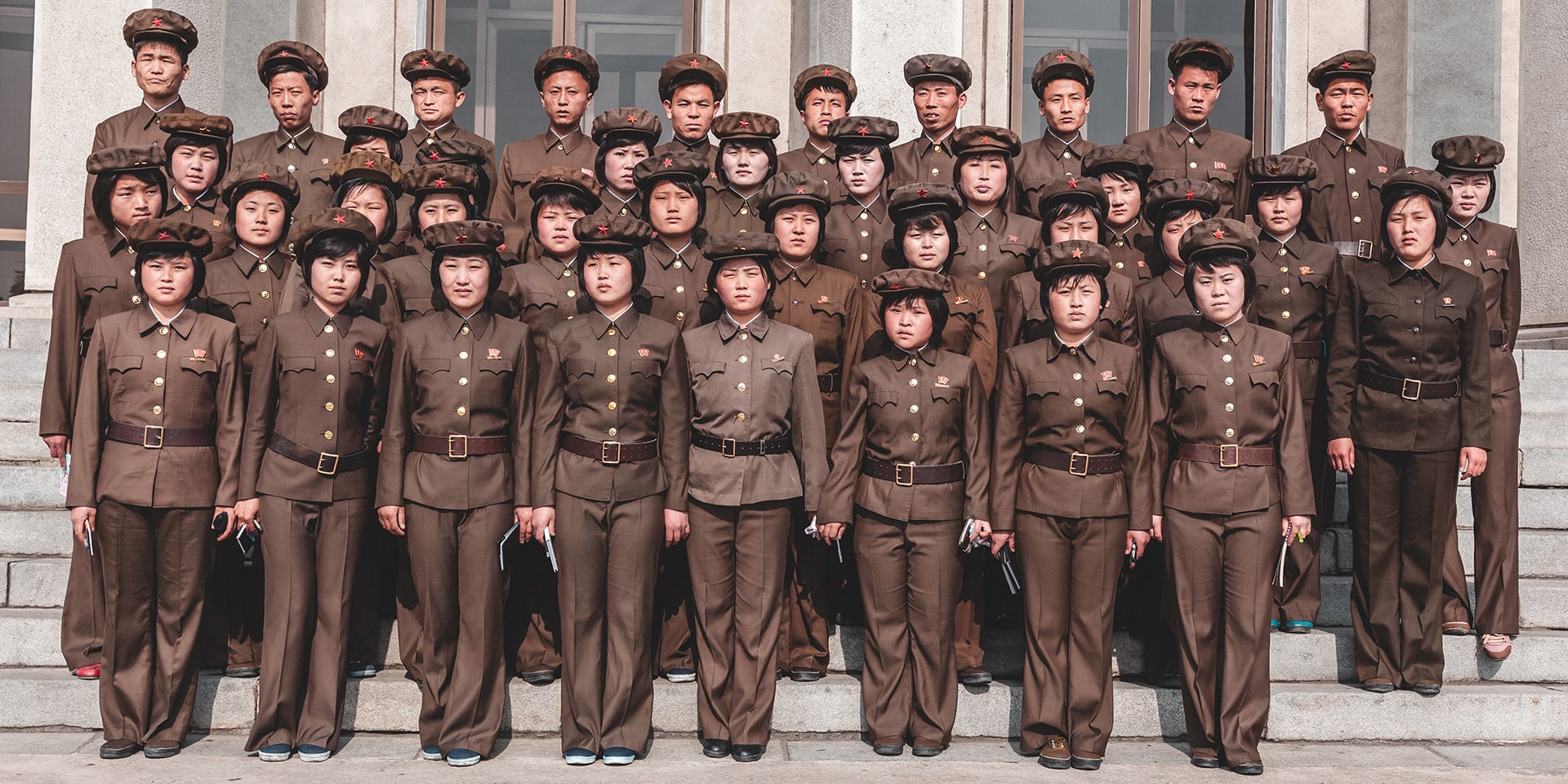
One of my favorite things is to visit Asia’s least-charted territory. So it’s no surprise that I visit North Korea relatively often, in search of those unusual encounters with the unknown. What’s truly wonderful about this country is that it’s not necessary to travel far from the capital of Pyongyang – a place that isn’t exactly a tourist haven, but which is the most open and welcoming to tourists of North Korea’s cities and towns – to discover places practically untouched by tourism.
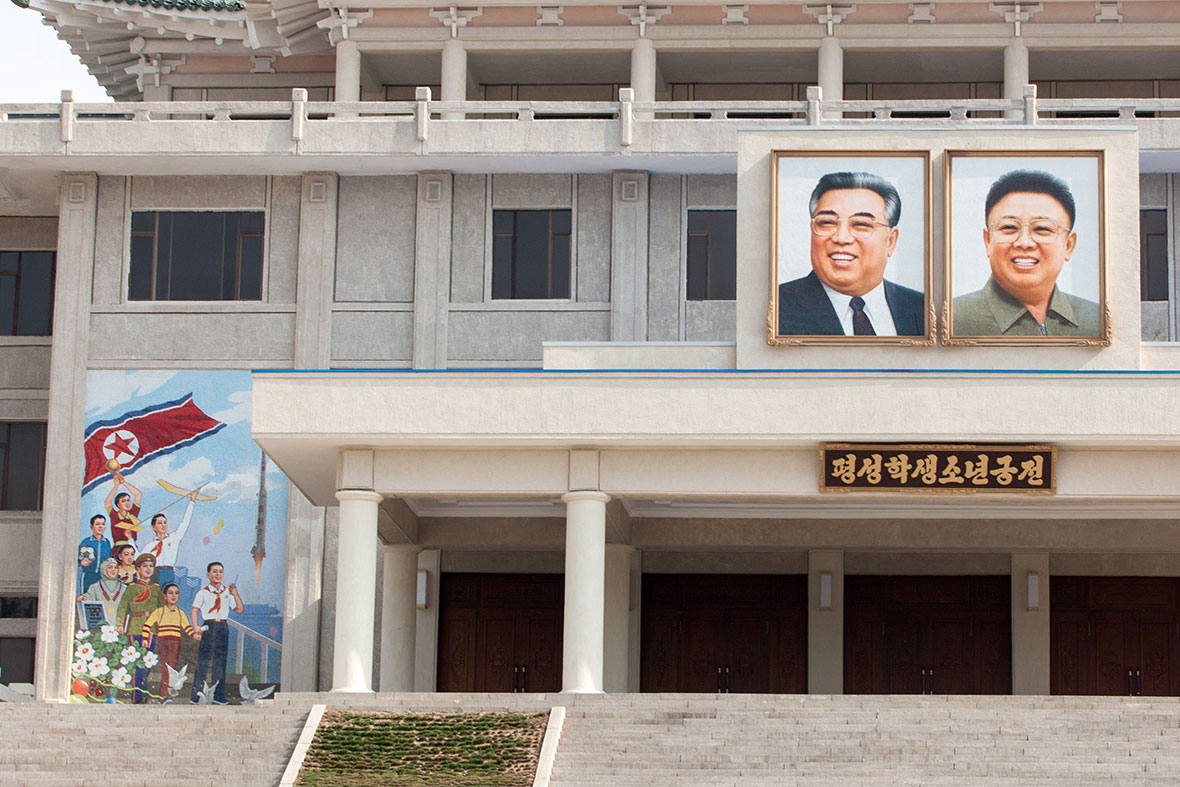
I recently took a trip to Pyongsong, a forty-minute drive from Pyongyang. A sleepy little village only just over half a century ago, Pyongsong has now grown into the capital of South Pyongan county, and a significant wholesalers’ trading post. It is also the center for North Korea’s distribution and transportation. This place only opened for tourism in 2012, and even then, visitors were only permitted to stay in a local hotel when Pyongyang hotels were full. A year later, several local sites opened for tourism – these were what I was off to explore.
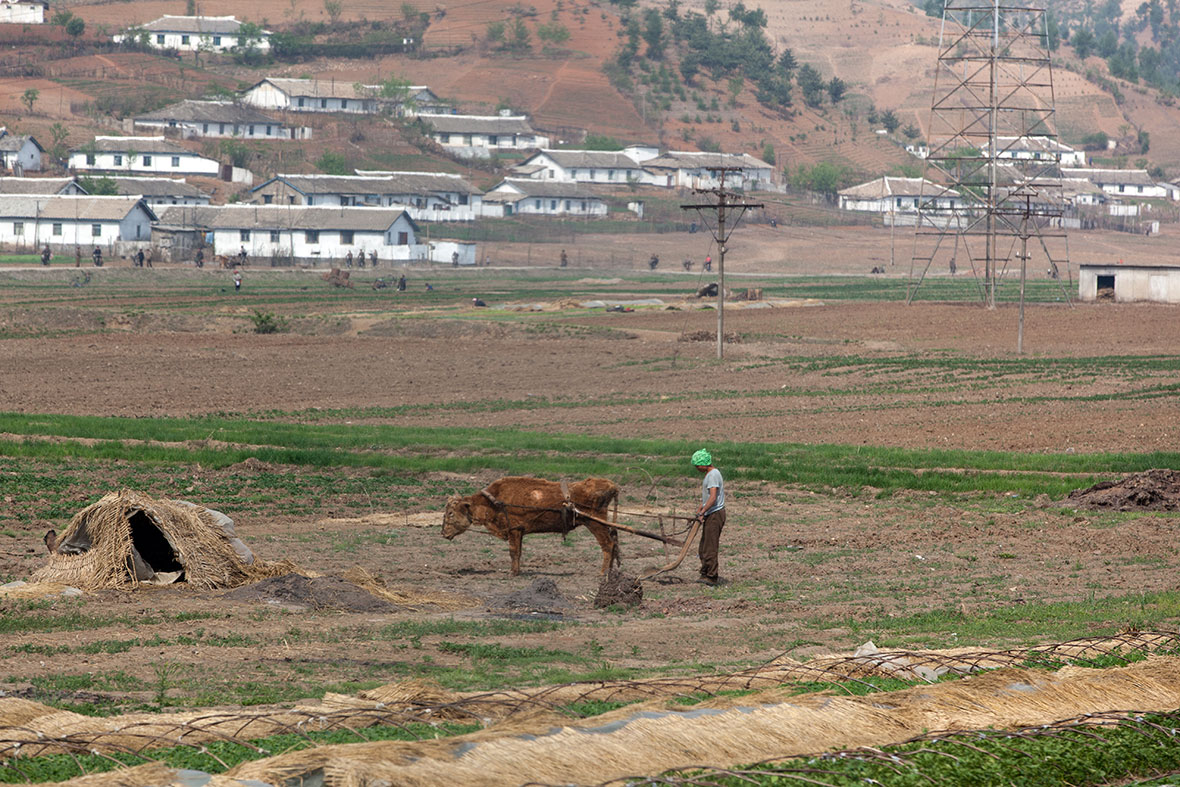
My Pyongsong adventure began with the drive from Pyongyang, which gave me (quite literally) a fascinating window into authentic North Korean life. The route cuts its way through farmland, which – unlike how it’s portrayed in the western media – is actually quite picturesque. One thing that struck me was how orderly everything was, from the broad, empty roads, to the local farming villages all built in the same style with fields in front of neatly-built homes, a coal-burning smoke stack, and the occasional socialist banner. This, I discovered, was the North Korean formula, and those who follow it are rewarded with a reasonable lifestyle, complete with food, education, and more.
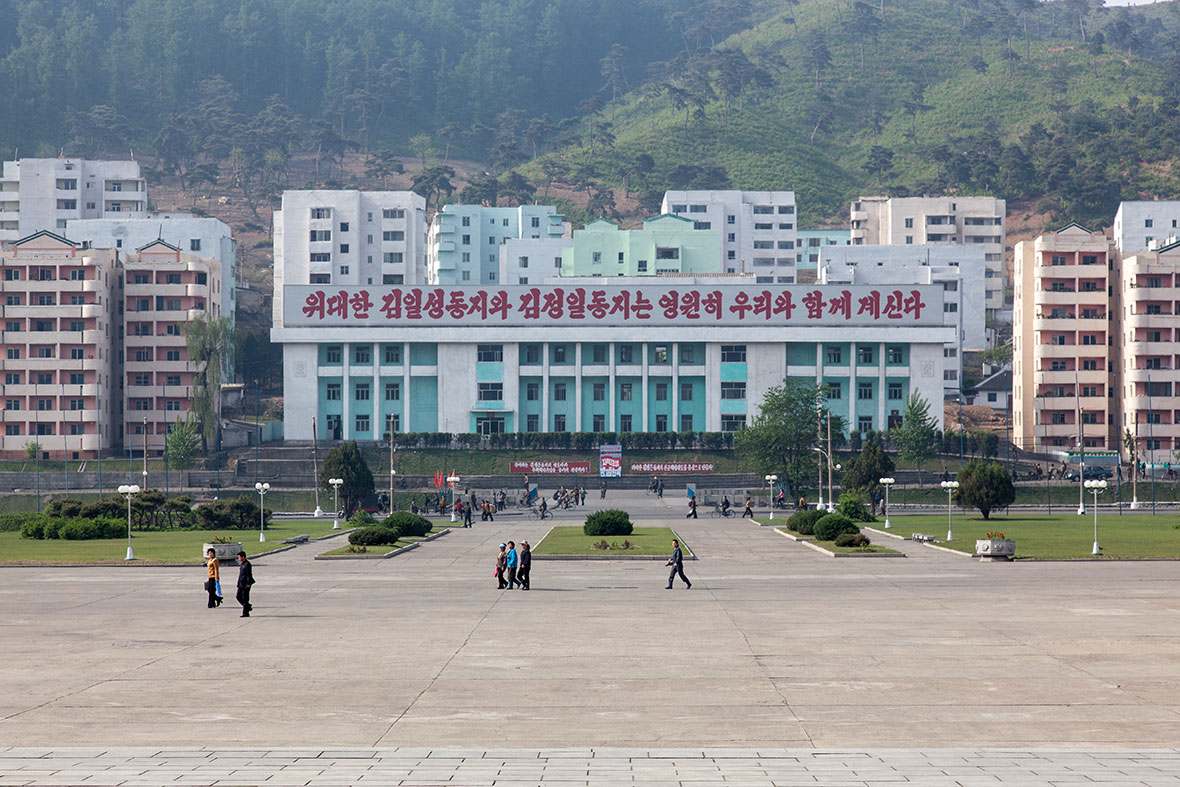
We received many curious stares during our visit – even through the car windows. Some of these stares were more ominous than welcoming. At one point, we passed a large construction site full of workers. I inquired as to its nature, to which our guide replied that it was a new complex for scientists to live. I was fascinated to learn that Pyongsong is the North Korean Silicon Valley. In Kim Il Sung’s heyday (the 1960s), Pyongsong was chosen as the location for North Korea’s Academy of Sciences, and for a large number of technical institutes and research centers.
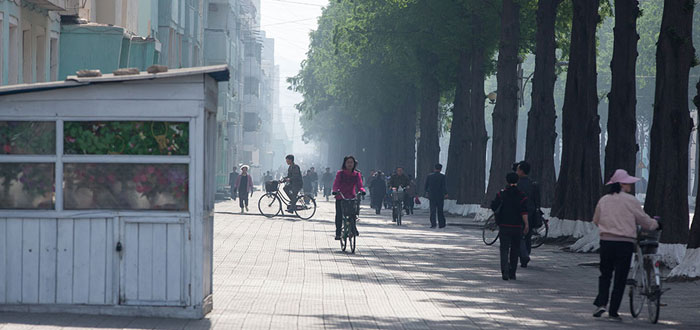
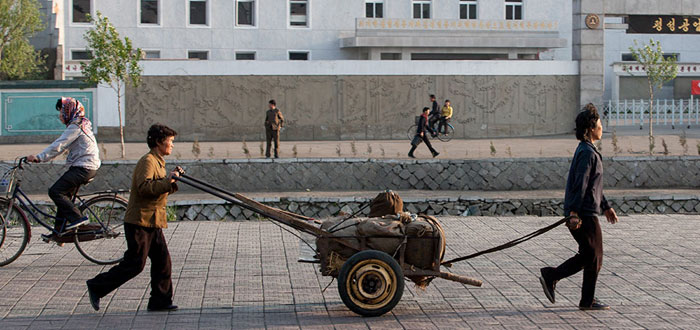
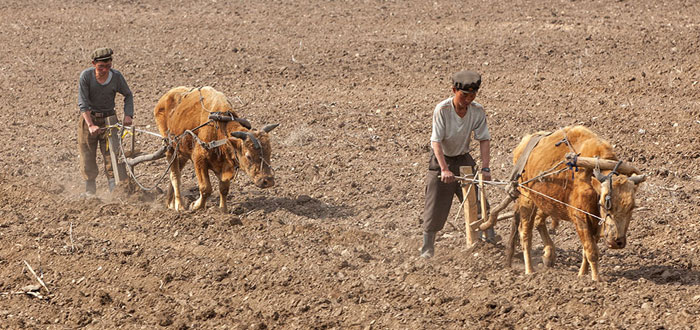
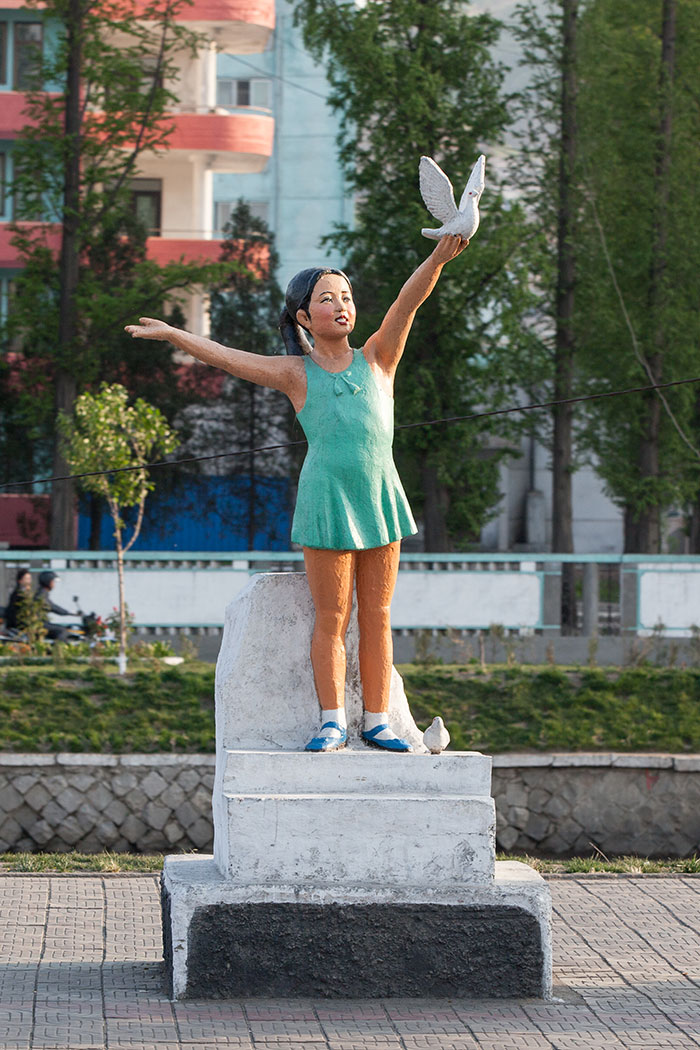
As Pyongsong came into view, the farmland transformed into a more urban environment. Home to 100,000 people, there was no doubting that this was a city, rather than a large town. I enjoyed observing North Korean daily life from the car window – people going about their daily business on bicycles rather than cars and the various propaganda posters were the two things that struck me most as we entered Pyongsong. It was already late. When we checked into Jangjusan Hotel, we were told we could not leave. Pyongsong, I was learning, may be open for tourism, but remains under the heavy cloak of strict authoritarian rules. This, however, only intrigued me more.
The hotel itself was clean but basic. I’ve noted that hotels are often better than expected during my various visit to North Korea. My only complaint: the water. Sometimes there was no hot water, other times, there was no water at all (rather it was segregated to flowing only at certain times of the day).
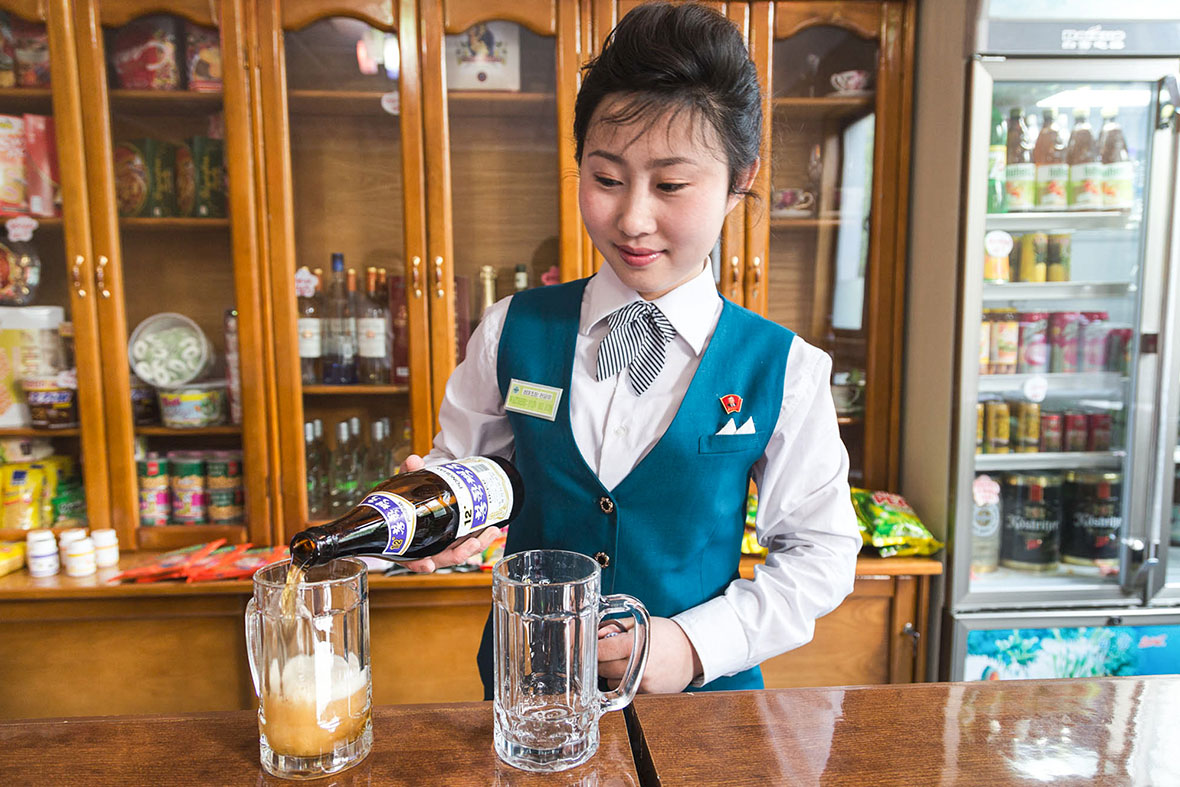
Since we couldn’t leave, we decided to make the most of the hotel, enjoying dinner at the hotel restaurant, followed by round after round of Ponghak beer at the hotel bar, which stayed open far beyond its normal closing time just for us. North Korean beer is quite good, and it even loosened our vocal chords for a stab at karaoke – even our guides and quiet bartender partook.
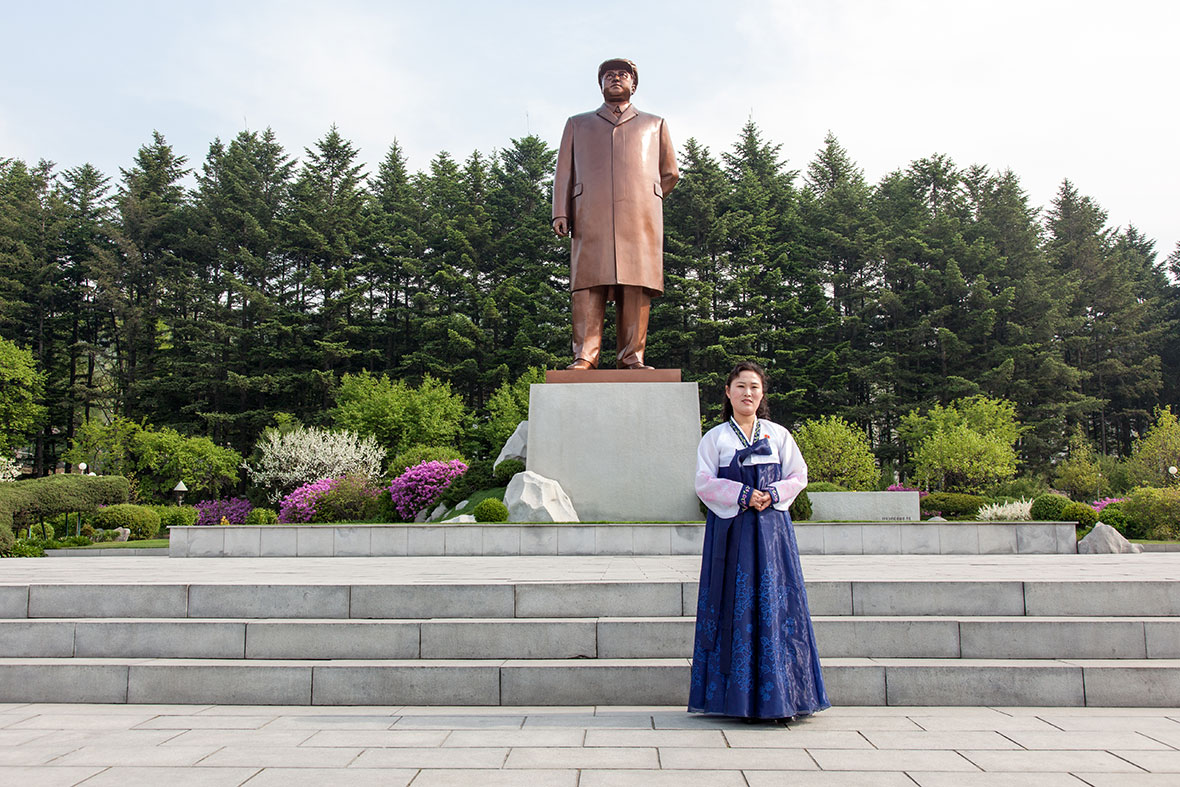
We awoke early the next morning for our tour of Pyongsong. The local sites remain quite limited due to the city’s restricted nature, but there are still a few spots that are worth a visit. We began at the city’s main square – a vast, empty expanse. The focal point is a statue of Kim Il Sung, which towers over the square. Like everywhere else in North Korea, we had to walk up and bow at the foot of the statue before we could do anything else. There was a guide here, just as there are guides at most North Korean attractions. She provided us with some useful background on the city. I couldn’t help my eyes from wandering over to a group of 30 students, donning military uniforms. I knew at once I just had to go and meet them – and though our guides didn’t think it was a good idea, I managed to convince them to let me go snap some photos. As I spoke with the students and got them to pose for photos, it became clear to me that they hadn’t likely encountered a foreigner before.

Next we headed off to Paeksong Revolutionary Site, a well-manicured park that was once the site of the Kim Il Sung University, moved from the capital during the Korean War. Our guide gave us a tour of its grounds, including some of the original school buildings. Unfortunately, we were not permitted to take any photos. Paradoxically, as I looked around, I noticed a plethora of CCTV cameras installed in many different corners. “Why?” I thought to myself..
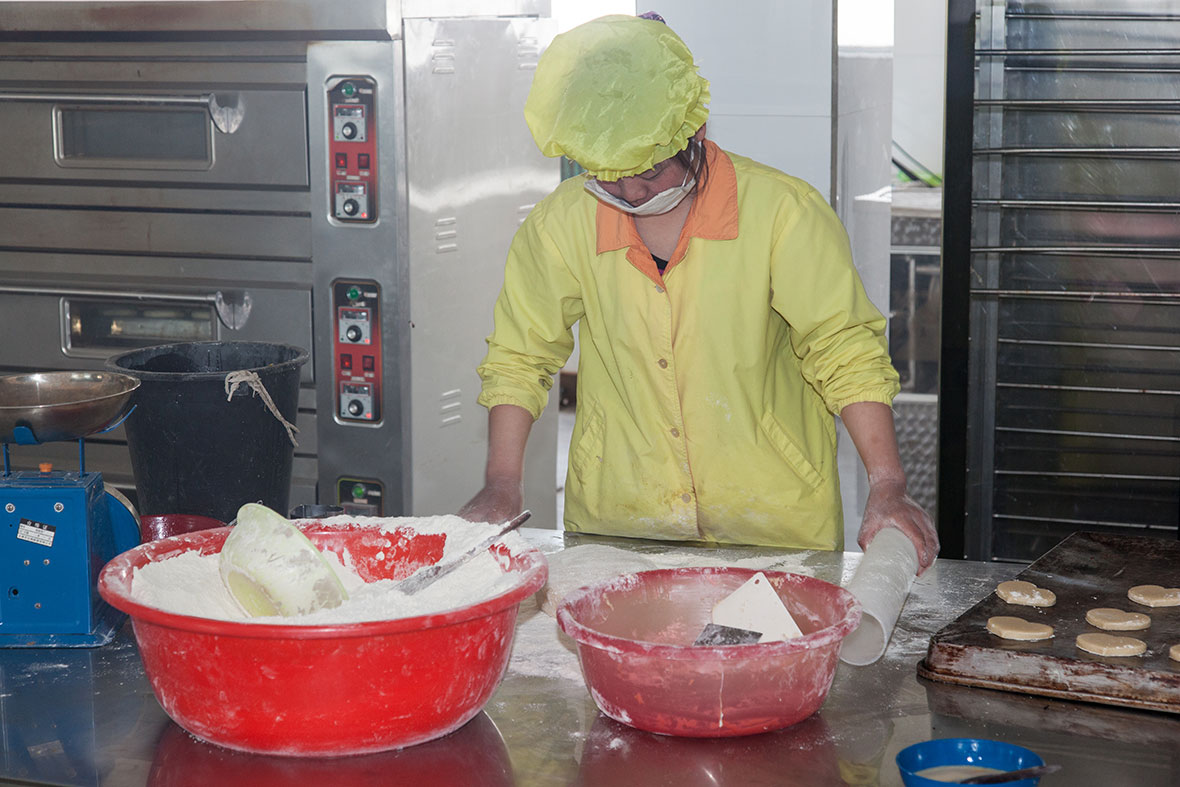
Paeksong Foodstuffs Factory was our next stop. Here, I was a bit disappointed. I’d been to a handful of factories in North Korea on previous visits, and always found them quite interesting. I should have known, I suppose, that “foodstuffs” are not the most exciting to observe.

Our final stop was at Kim Jong Suk Higher Middle School. I always find school visits to be of interest, and particularly so in North Korea. This school was for gifted children, so we were treated to a conversation with some of the area’s smartest young minds. The students were full of excitement to see a group of foreigners in their midst. Their questions for us ranged from, “What do you think of our country?” “Are you married?” to “What is your favorite subject?” One proclaimed: “I want to study hard so I can make my country strong.”
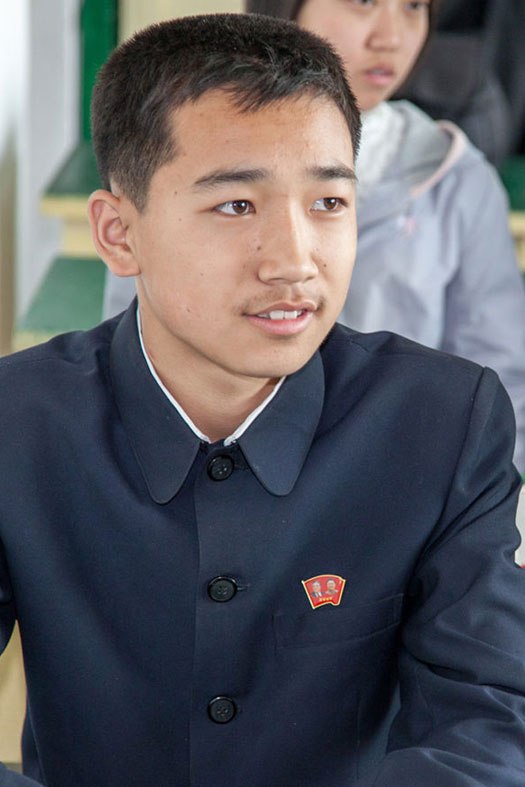
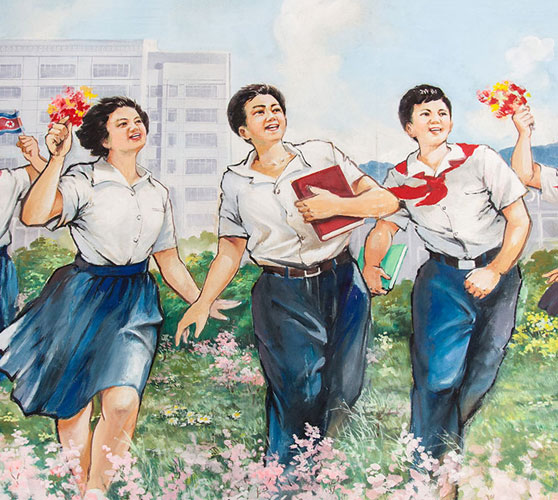
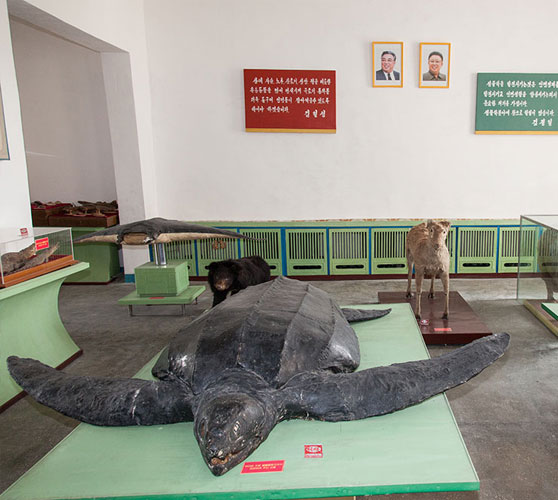
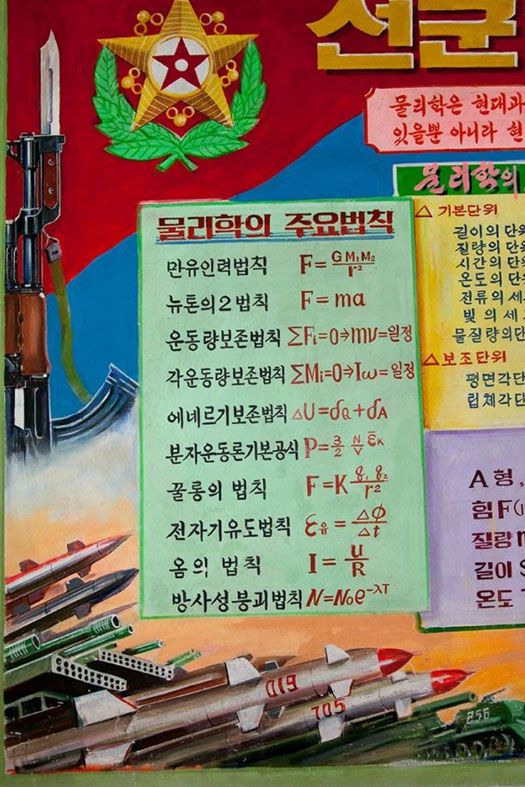
Other Pyongsong sites include the Anguk Buddhist Temple and the Ponghak beer factory, but it was unfortunately not possible for us to visit either that day, so we headed back to Pyongyang.
For me, my Pyongsong experience was thoroughly fascinating, precisely because of its lack of tourism facilities and restricted nature. While this may seem a contradiction to some, being able to experience what is, for most North Koreans, the local way of life, is the true reason why I traveled there.



